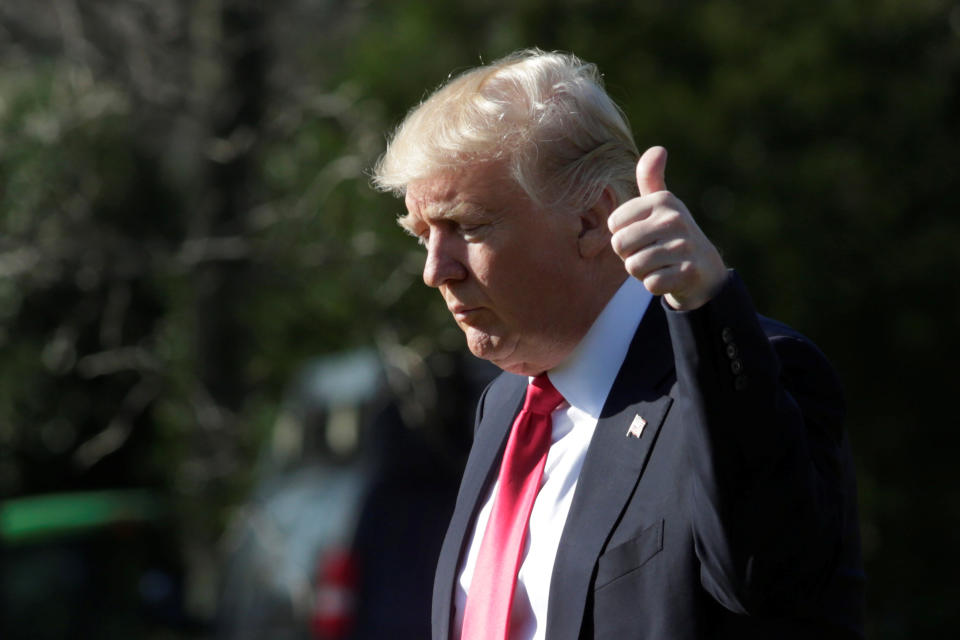Shutdown deal depends on 'how much pain the Trump administration is willing to tolerate'
This post has been updated.
An end to the painful deadlock may ultimately hinge on President Donald Trump’s tolerance for political damage before a shutdown deal is made.
Update 01/15/19: President Donald Trump said on Monday evening that he would “never back down” from the political stalemate that is ensuing in D.C. over the border wall. “I’m not looking to call a national emergency,” Trump told reporters. “This is so simple we shouldn’t have to.”
As we roll into day 25 of the shutdown — longest-running shutdown in history — almost 800,000 federal workers are set to miss their first paycheck on Friday, while workers and unions are filing lawsuits against the Trump administration.
The timing of a deal between Trump and the House Democrats who oppose the proposed $5.7 billion steel wall to fence the nearly 2,000-mile southern border will “depend on how much pain the Trump administration is willing to tolerate,” according to analysts at Bank of America Merill Lynch (BAML).

“There are various pain points that will be felt shortly in coming days and weeks,” analysts wrote. “All could lead to a compromise.”
BAML thinks that the “most likely outcome will be to return to the bipartisan deal that was struck by Congressional leaders before the new year, which included some money for border security in return for funding the rest of the government through the fiscal year.”
Last week, federal workers gathered in Washington D.C. demanding that government be reopened. “When they say, ‘one paycheck away from homeless,’ I’m not there, but I’m real close,” a Philadelphia-based IRS veteran told USA Today.
“The longer the current shutdown lasts, the greater the cash-flow constraints for affected workers,” BAML analysts noted.

Shutdown deal would ease the pain immediately
Unemployment insurance can make up for some of the lost income and in previous shutdowns, in addition to Congress’ approval for back-pay for the furloughed workers.
“I filed for unemployment. I’m waiting for that to come through,” an employee with the Federal Emergency Management Agency told the Associated Press.
In the meantime, the shutdown has a “direct drag to government consumption,” BAML analysts added, noting that “we could see indirect effects from a temporary slowdown in consumption due to weaker spending from furloughed workers.” And if the shutdown continues through to March, funding lapses for food stamps — which are issued by the U.S. Department of Agriculture — could also further weigh on consumption.
The analysts also warned that business investments could also be delayed because of policy uncertainty, and a sustained shutdown could lead to a “decline in business and consumer sentiment and/or a decline in US equity markets.”
Overall, analysts noted, “the cumulative drag from the shutdown could meaningfully cut growth in 1Q, although some of it would be made up once the government reopens and back pay is released.“
Aarthi is a writer for Yahoo Finance. Follow her on Twitter @aarthiswami.
Second-longest shutdown ever builds heap of problems for Americans
The government shutdown is hitting these U.S. states the hardest
Expert: Federal employees are ‘very concerned’ about a long shutdown
Follow Yahoo Finance on Twitter, Facebook, Instagram, Flipboard, LinkedIn, YouTube, and reddit.
